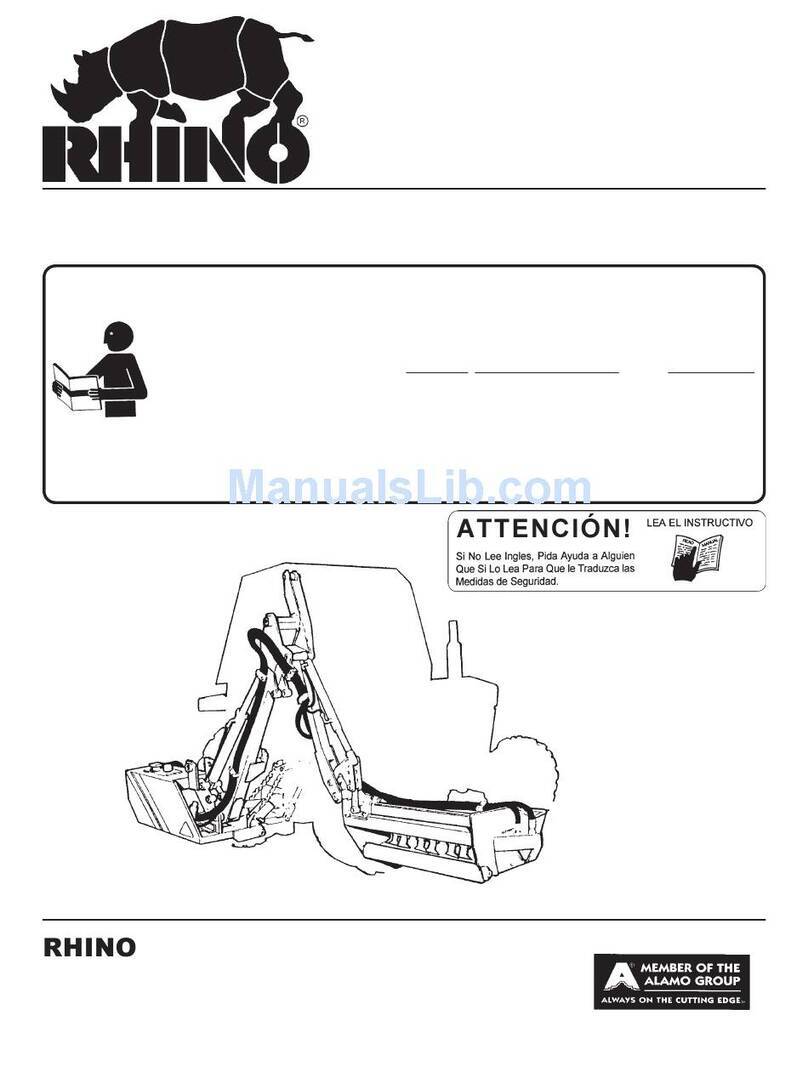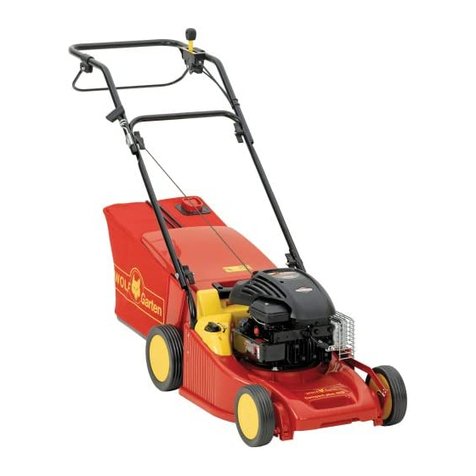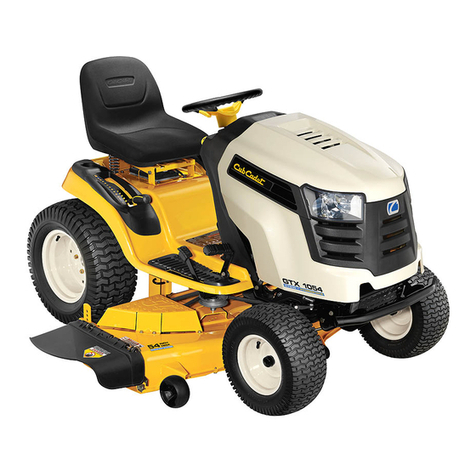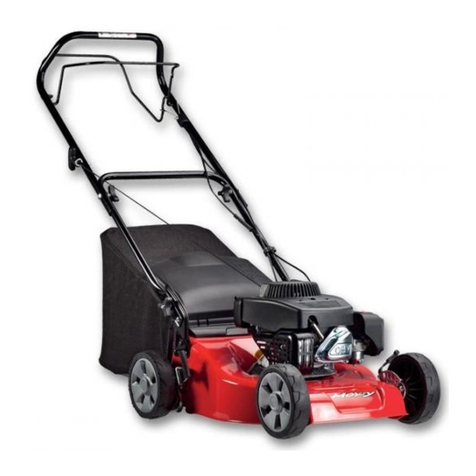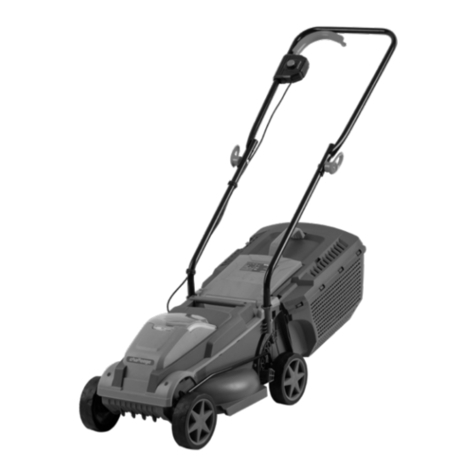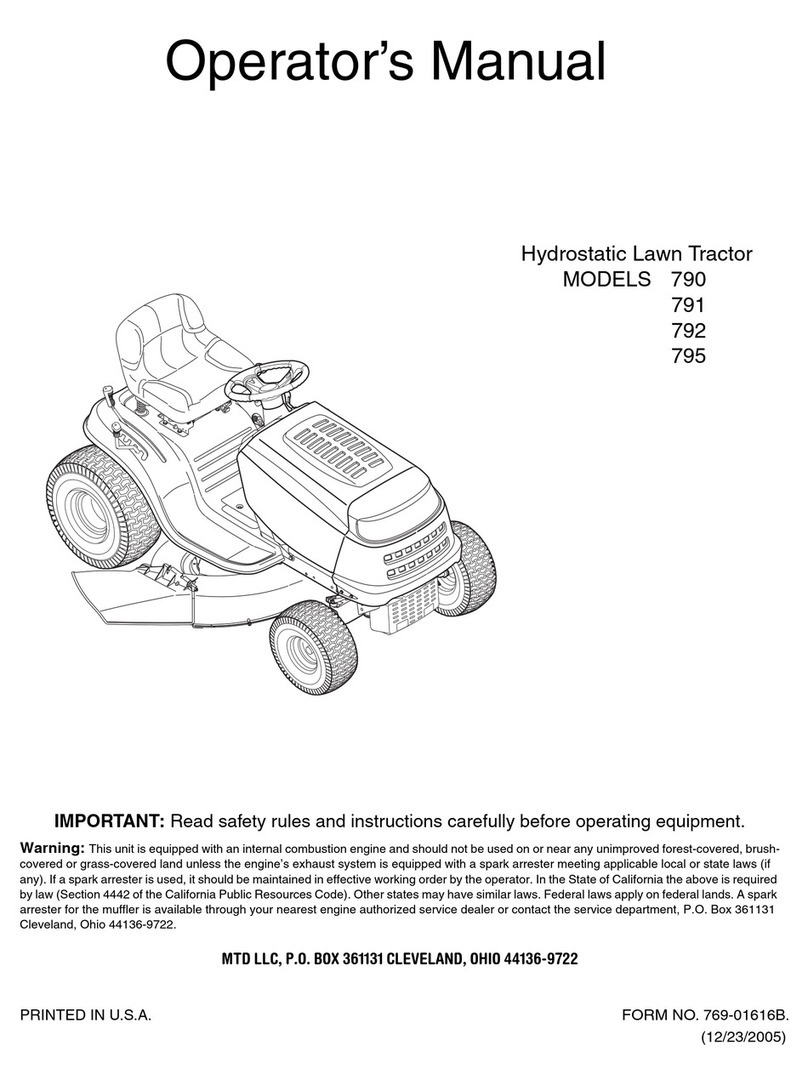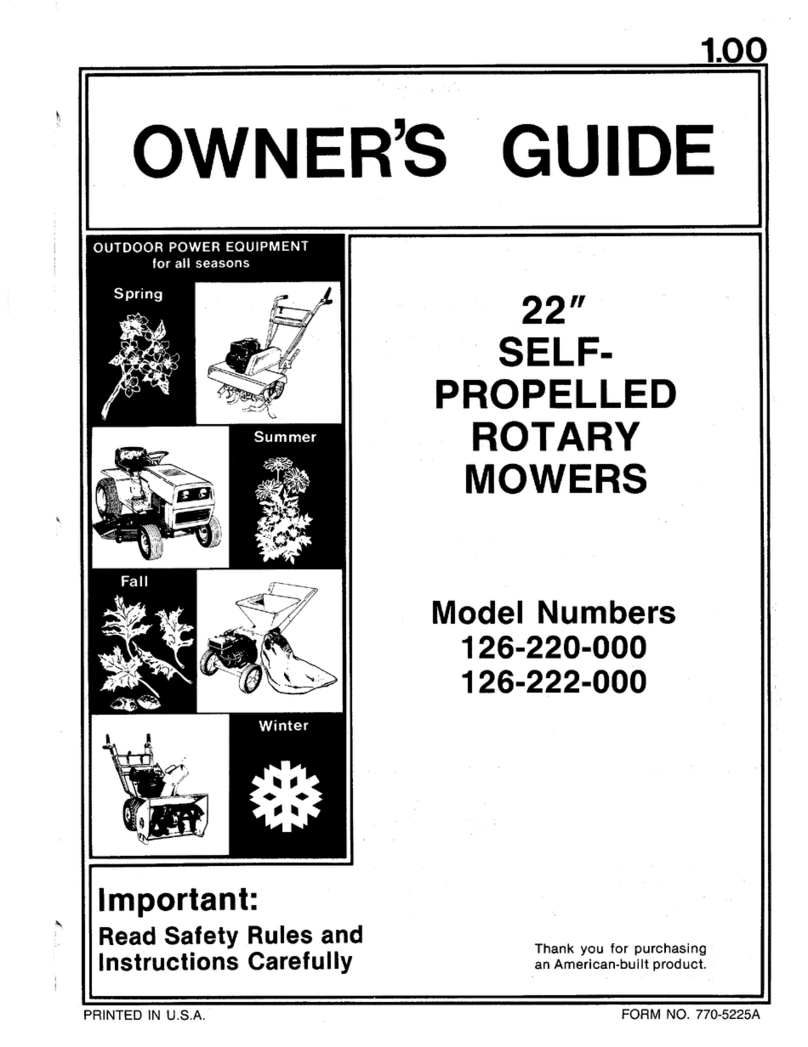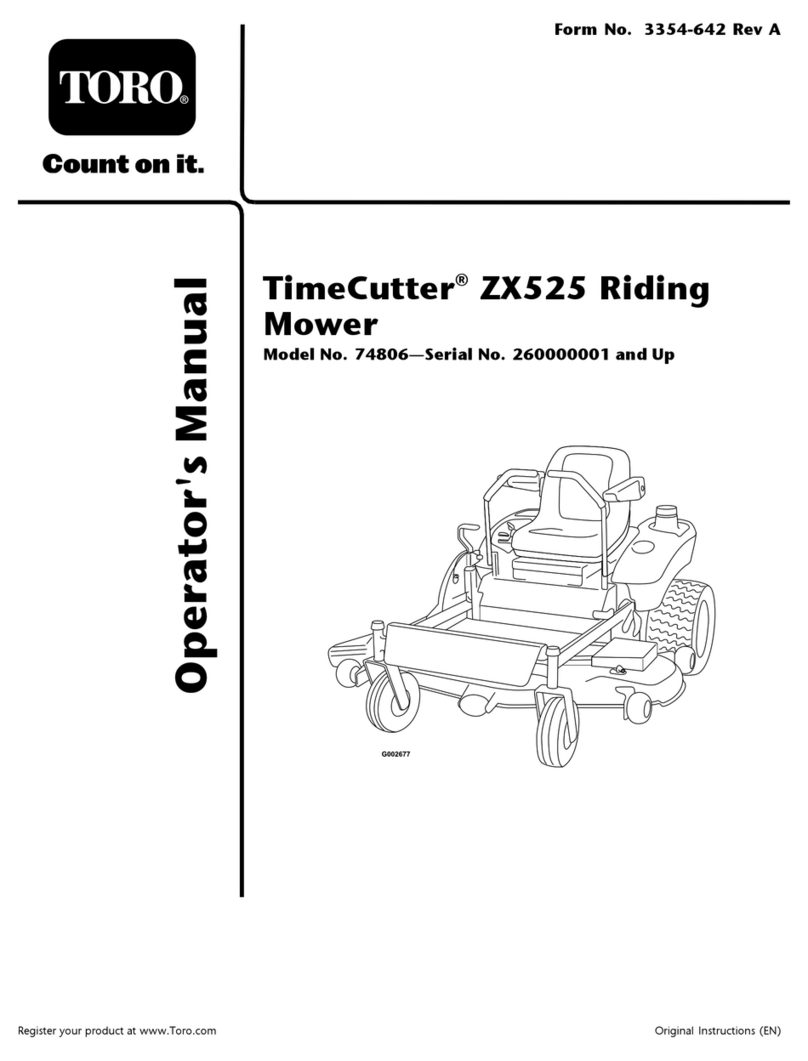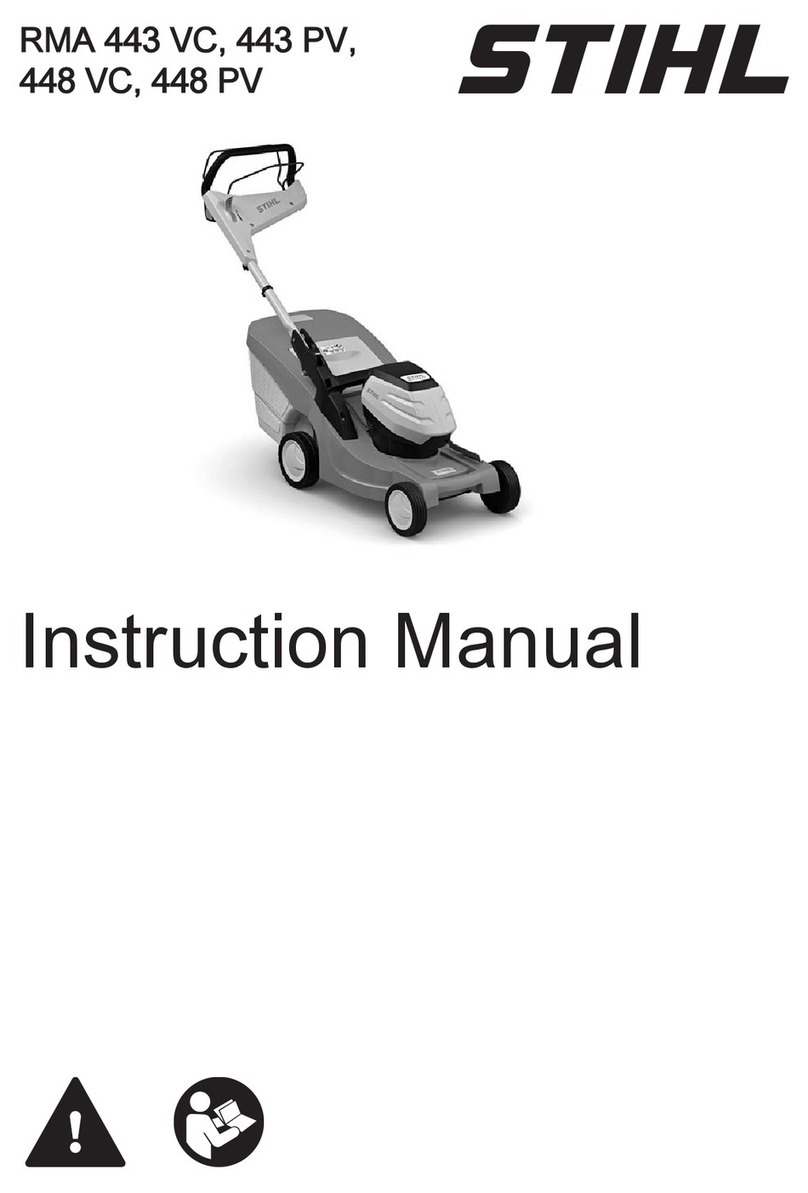MASSEY FERGUSON 2800 Series User manual
Other MASSEY FERGUSON Lawn Mower manuals
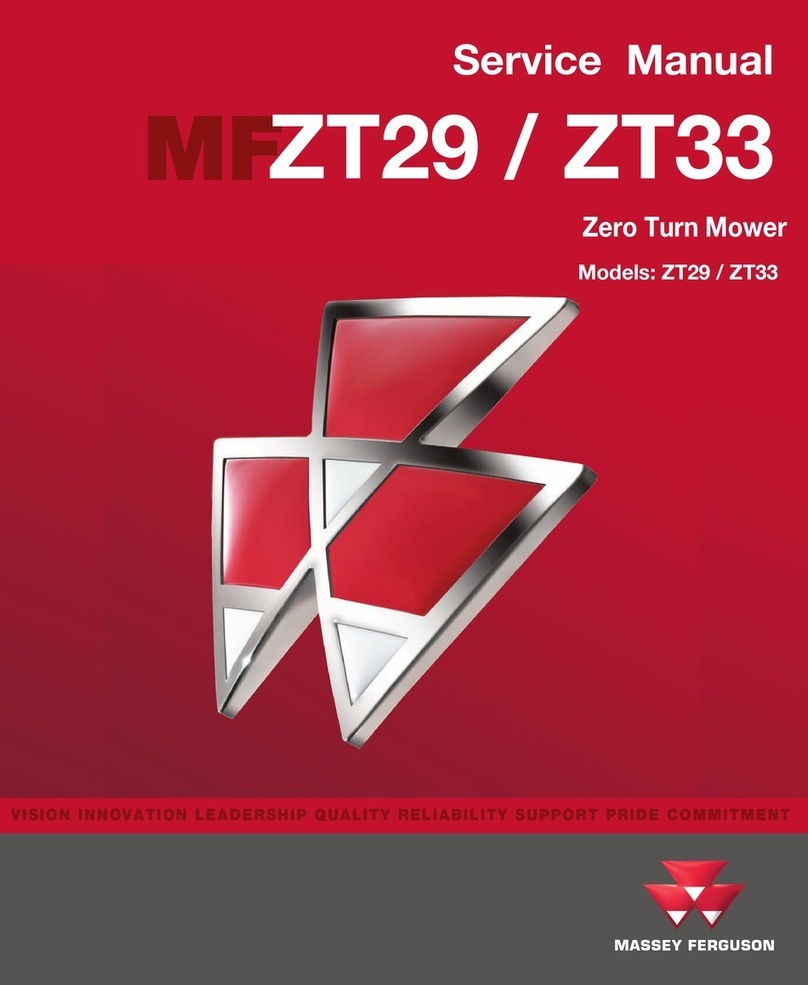
MASSEY FERGUSON
MASSEY FERGUSON ZT29 User manual

MASSEY FERGUSON
MASSEY FERGUSON 1692491 User manual

MASSEY FERGUSON
MASSEY FERGUSON 2700 Series User manual

MASSEY FERGUSON
MASSEY FERGUSON 2300 Series User manual
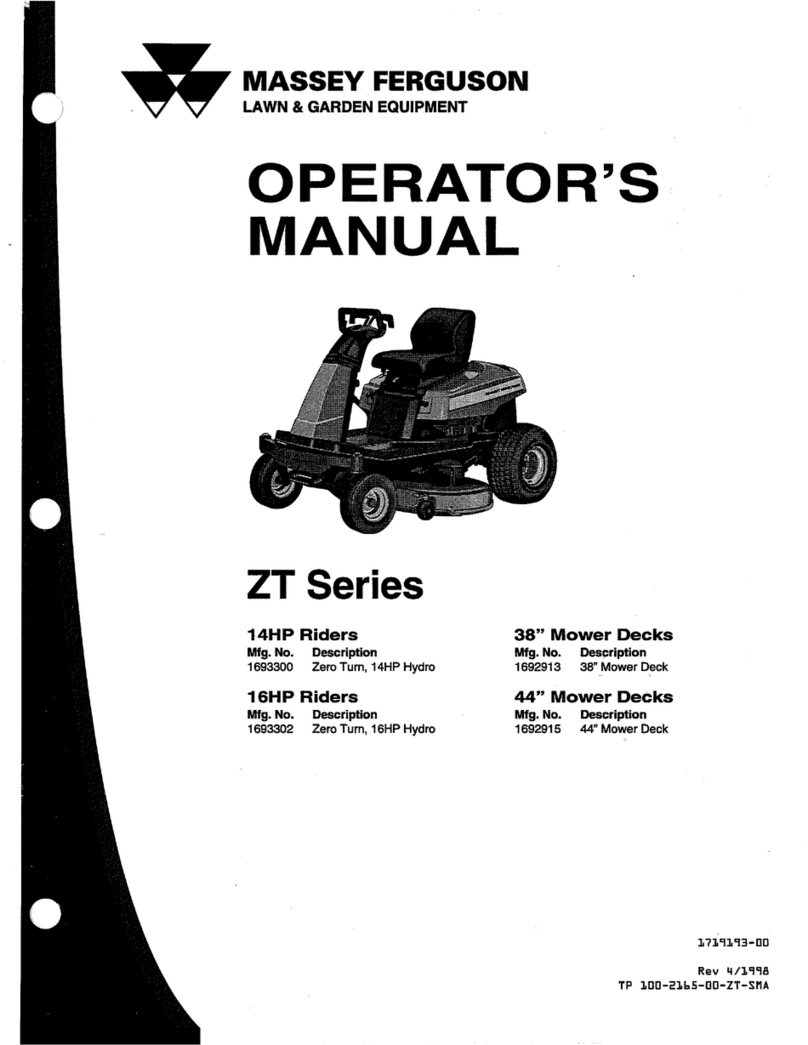
MASSEY FERGUSON
MASSEY FERGUSON 1692913 User manual
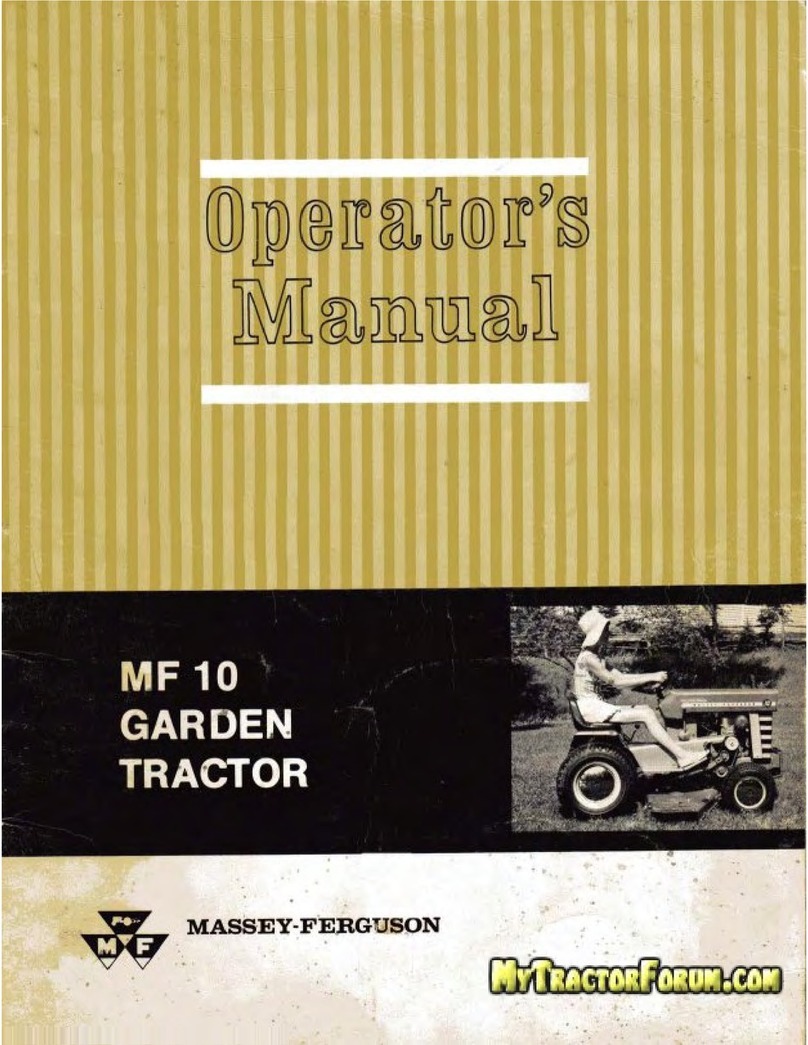
MASSEY FERGUSON
MASSEY FERGUSON MF 10 User manual
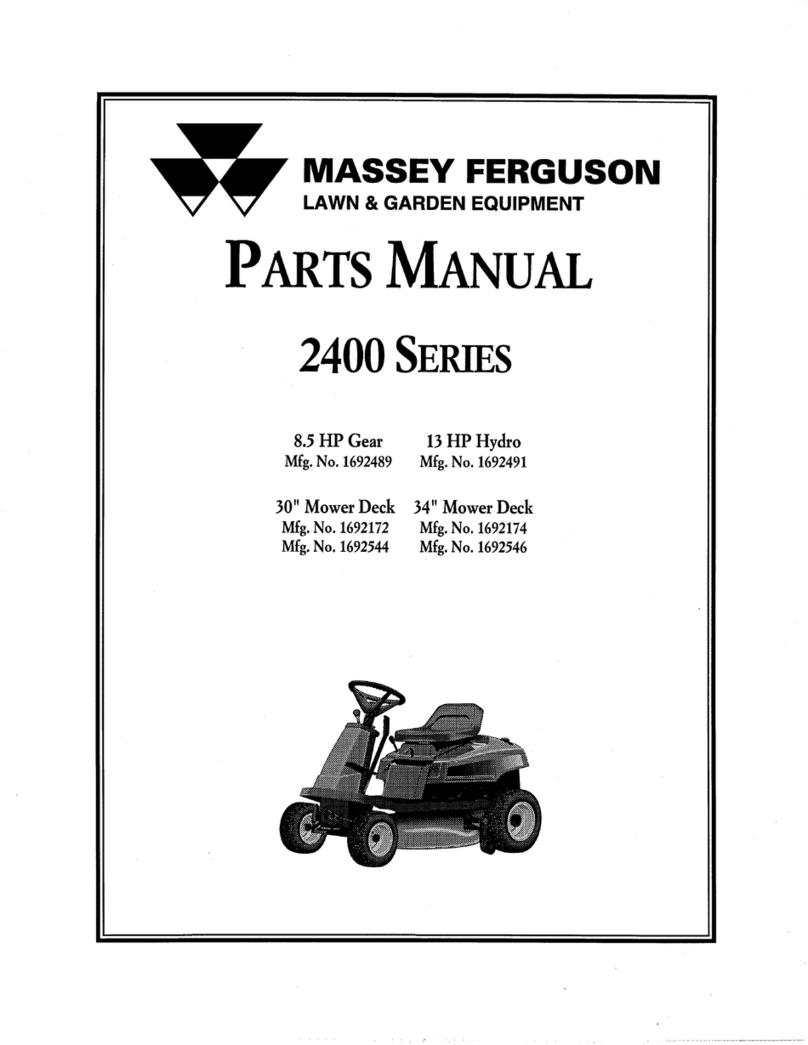
MASSEY FERGUSON
MASSEY FERGUSON 2400 Series User manual
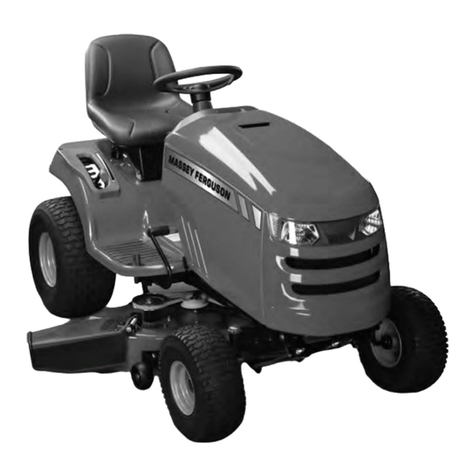
MASSEY FERGUSON
MASSEY FERGUSON 2000 Series User manual
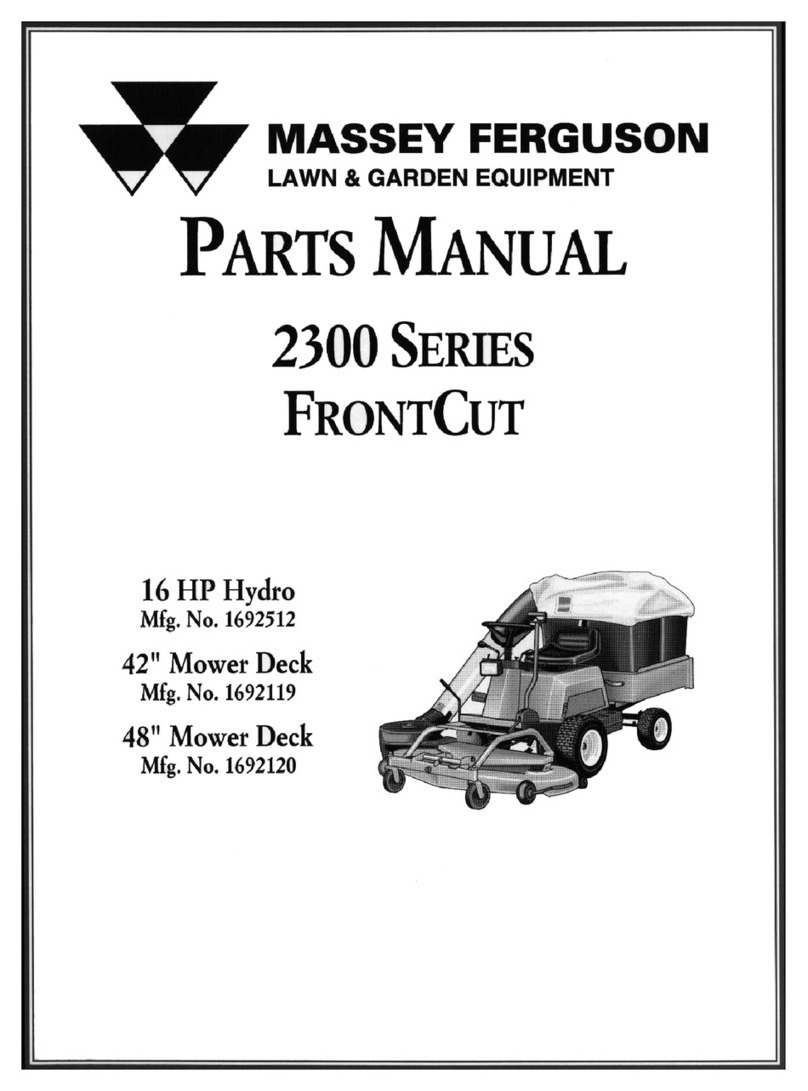
MASSEY FERGUSON
MASSEY FERGUSON 1692119 User manual
Popular Lawn Mower manuals by other brands
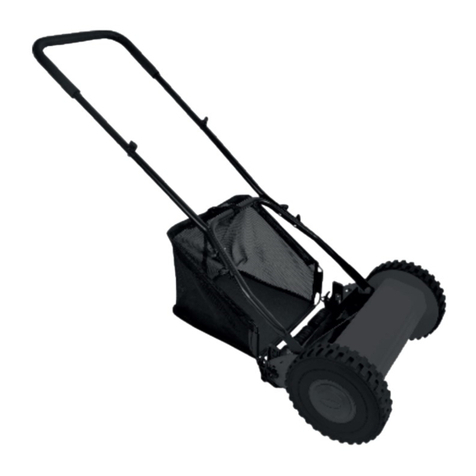
TALEN TOOLS
TALEN TOOLS AVR HGM30 manual
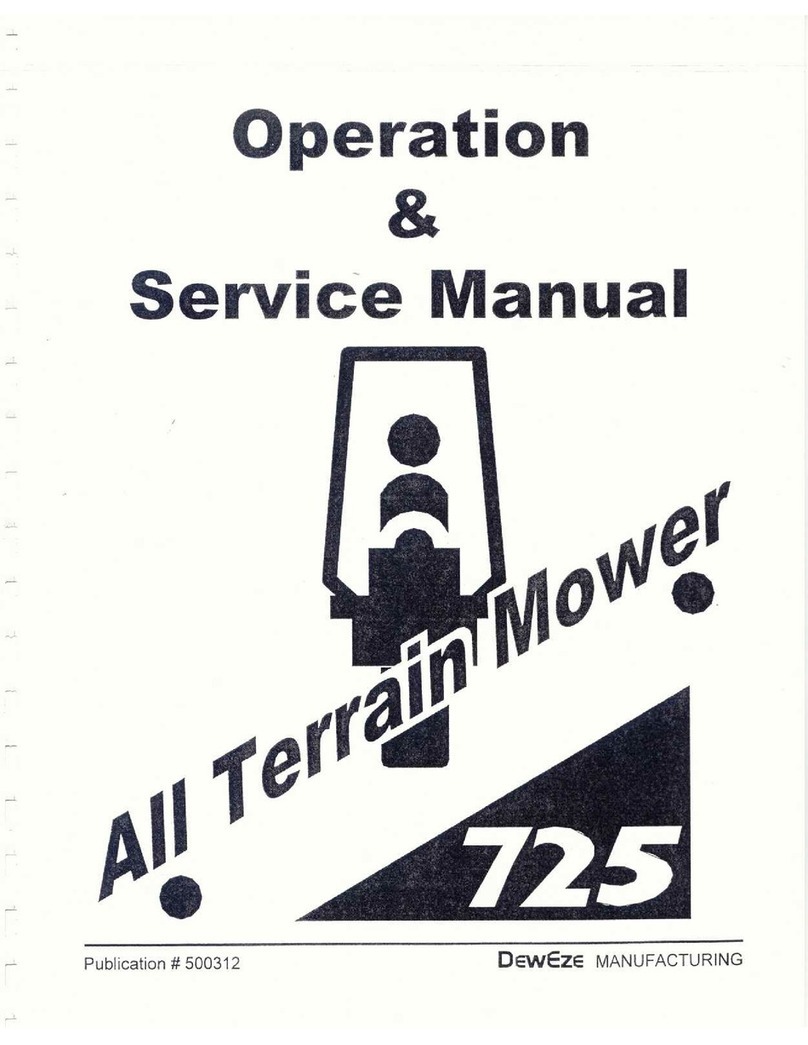
DEWEZE
DEWEZE ATM-725 Operation and service manual

Weed Eater
Weed Eater 180083 owner's manual
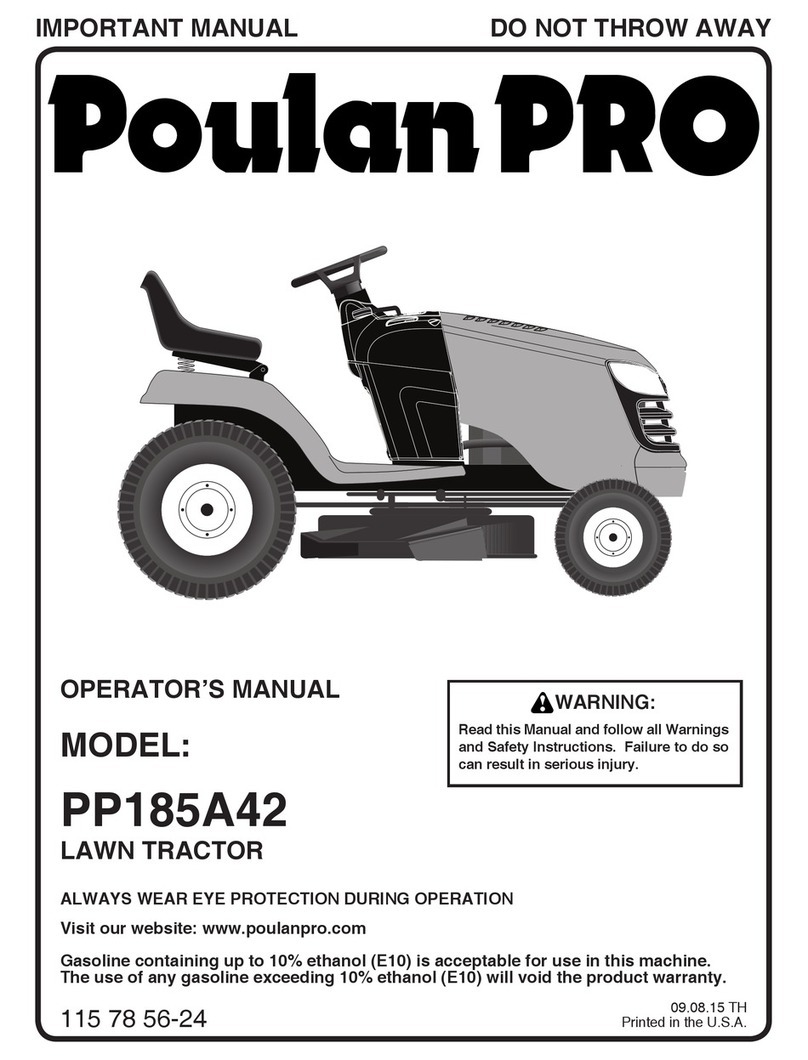
Husqvarna
Husqvarna Poulan Pro PP185A42 Operator's manual
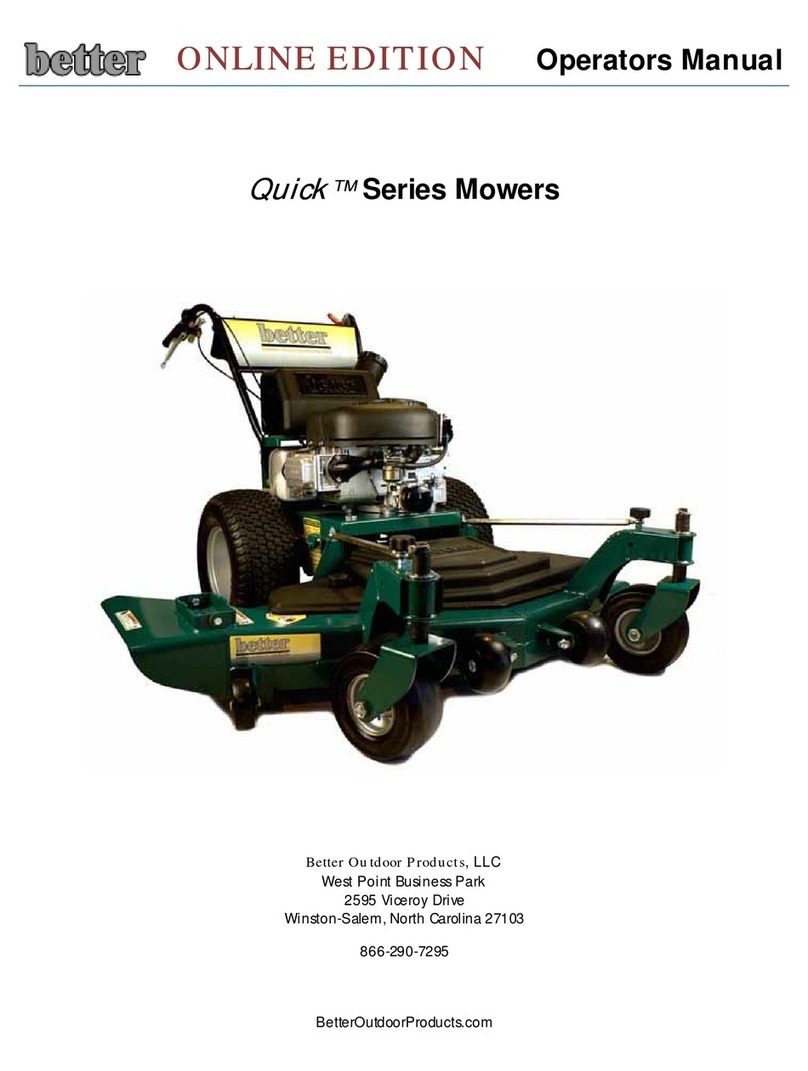
Better Outdoor Products
Better Outdoor Products Quick Series Operator's manual
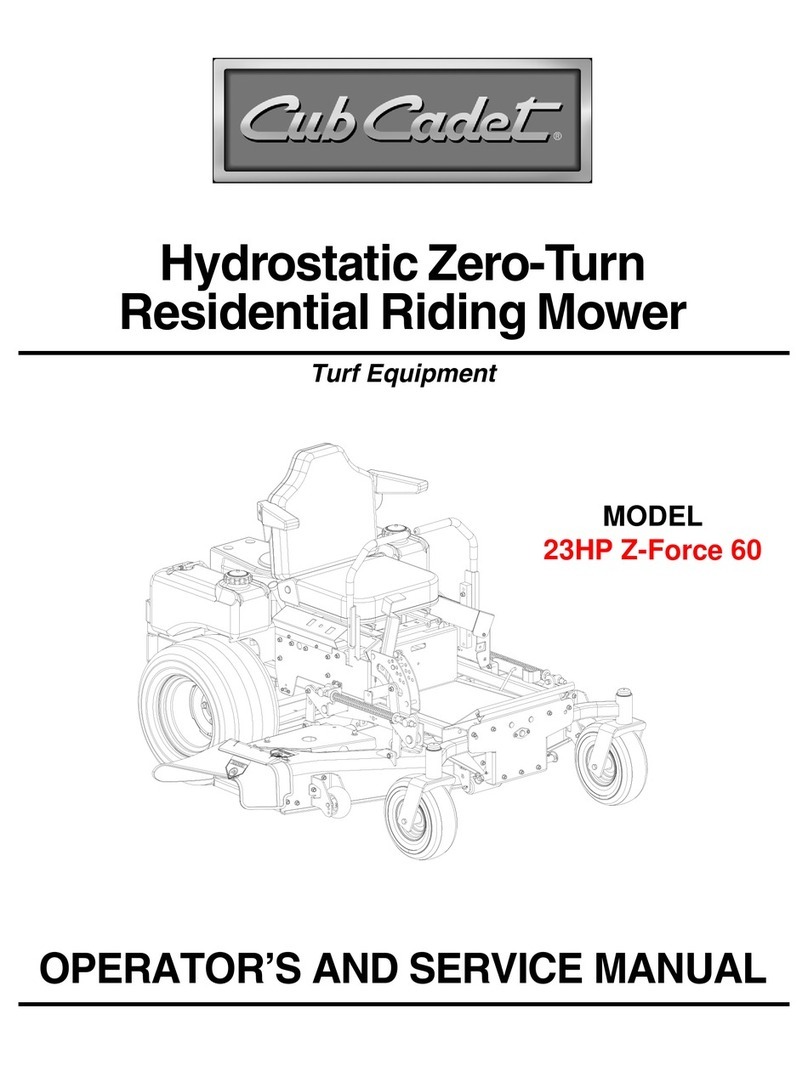
Cub Cadet
Cub Cadet 23HP Z-Force 60 Operator's and service manual

